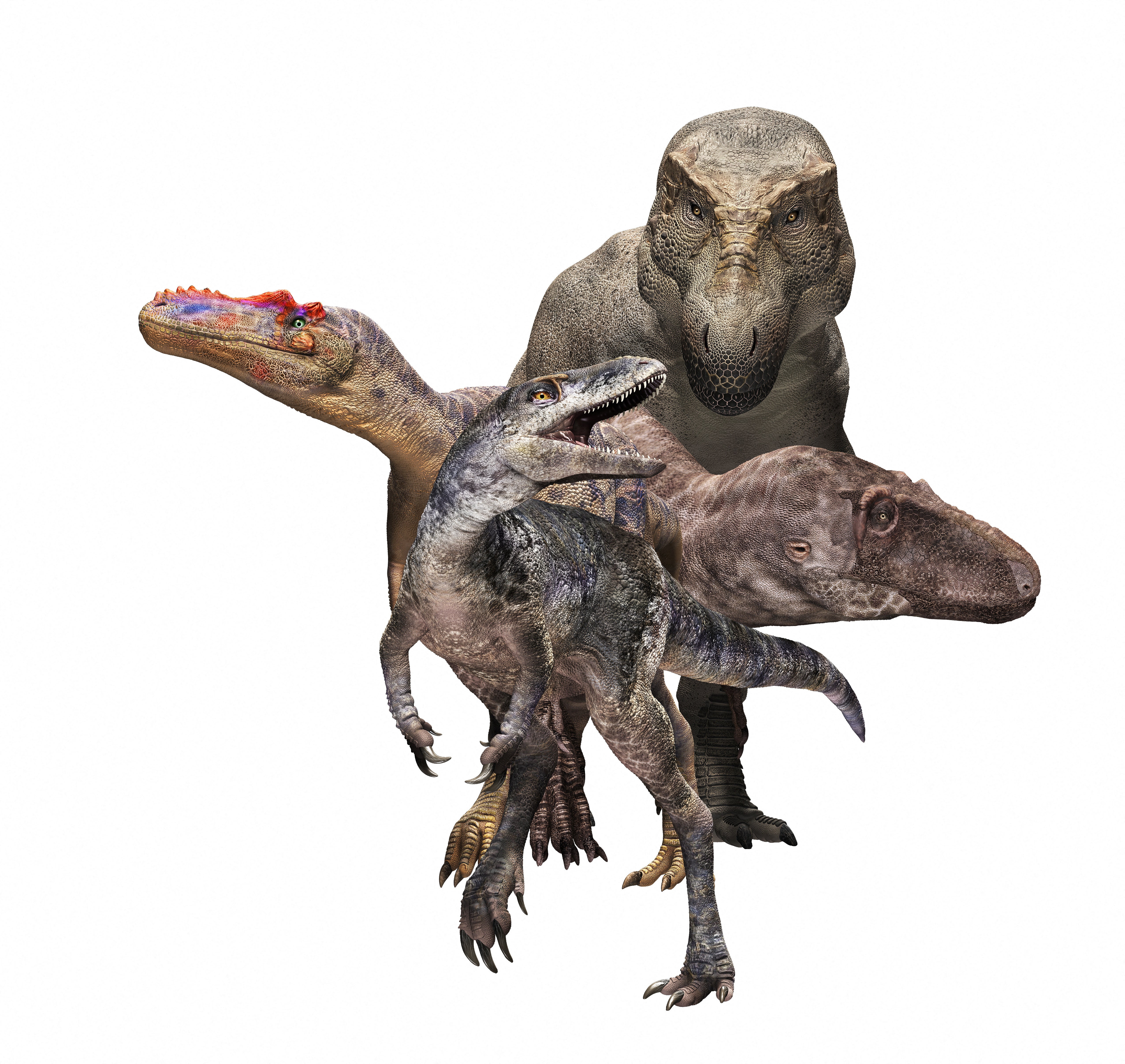A newly discovered dinosaur from Mongolia, named Khankhuuluu mongoliensis, or "Dragon Prince," is believed to be a crucial ancestor of the Tyrannosaurus rex (T rex), shedding light on the T rex's complex evolutionary history.
Living approximately 86 million years ago during the Cretaceous Period, Khankhuuluu predates the Tyrannosaurus by around 20 million years. This mid-sized dinosaur, measuring about 13 feet in length and weighing roughly 1,600 pounds, walked on two legs and possessed a long snout filled with sharp teeth.
In comparison to the more heavily built T rex, Khankhuuluu's body proportions suggest it was a swift predator, likely hunting smaller prey such as oviraptorosaurs and ornithomimosaurs. The largest known T rex specimen reached a length of 40-1/2 feet.
Khankhuuluu means "Dragon Prince" in the Mongolian language. Tyrannosaurus rex means "tyrant king of the lizards."
"In the name, we wanted to capture that Khankhuuluu was a small, early form that had not evolved into a king. It was still a prince," said palaeontologist Darla Zelenitsky of the University of Calgary in Canada, co-author of the study published on Wednesday in the journal Nature.
Tyrannosaurs and all other meat-eating dinosaurs are part of a group called theropods. Tyrannosaurs appeared late in the age of dinosaurs, roaming Asia and North America.
Khankhuuluu shared many anatomical traits with tyrannosaurs but lacked certain defining characteristics, showing it was a predecessor and not a true member of the lineage.
"Khankhuuluu was almost a tyrannosaur, but not quite. For example, the bone along the top of the snout and the bones around the eye are somewhat different from what we see in tyrannosaurs. The snout bone was hollow and the bones around the eye didn't have all the horns and bumps seen in tyrannosaurs," Dr Zelenitsky said.
"Khankhuuluu had teeth like steak knives, with serrations along both the front and back edges. Large tyrannosaurs had conical teeth and massive jaws that allowed them to bite with extreme force then hold in order to subdue very large prey. Khankhuuluu's more slender teeth and jaws show this animal took slashing bites to take down smaller prey," Dr Zelenitsky added.
The researchers figured out its anatomy based on fossils of two Khankhuuluu individuals dug up in the 1970s but only now fully studied. These included parts of its skull, arms, legs, tail and back bones.

The Khankhuuluu remains, more complete than fossils of other known tyrannosaur forerunners, helped the researchers untangle this lineage's evolutionary history.
They concluded that Khankhuuluu was the link between smaller forerunners of tyrannosaurs and later true tyrannosaurs, a transitional animal that reveals how these meat-eaters evolved from speedy and modestly sized species into giant apex predators.
"What started as the discovery of a new species ended up with us rewriting the family history of tyrannosaurs," said University of Calgary doctoral student and study lead author Jared Voris. "Before this, there was a lot of confusion about who was related to who when it came to tyrannosaur species."
Some scientists had hypothesized that smaller tyrannosaurs like China's Qianzhousaurus – dubbed "Pinnochio-rexes" because of their characteristic long snouts – reflected the lineage's ancestral form. That notion was contradicted by the fact that tyrannosaur forerunner Khankhuuluu differed from them in important ways.
"The tyrannosaur family didn't follow a straightforward path where they evolved from small size in early species to larger and larger sizes in later species," Dr Zelenitsky said.

Mr Voris noted that Khankhuuluu demonstrates that the ancestors to the tyrannosaurs lived in Asia.
"Around 85 million years ago, these tyrannosaur ancestors crossed a land bridge connecting Siberia and Alaska and evolved in North America into the apex predatory tyrannosaurs," he said.
One line of North American tyrannosaurs later trekked back to Asia and split into two branches - the "Pinnochio-rexes" and massive forms like Tarbosaurus, the researchers said.
These apex predators then spread back to North America, they said, paving the way for the appearance of T rex. Tyrannosaurus ruled western North America at the end of the age of dinosaurs when an asteroid struck Earth 66 million years ago.
"Khankhuuluu was where it all started but it was still only a distant ancestor of T rex, at nearly 20 million years older," Dr Zelenitsky said.
"Over a dozen tyrannosaur species evolved in the time between them. It was a great-great-great uncle, sort of."
Fossilised stomach reveals sauropod dinosaur’s final meal
1,500-year-old Byzantine tomb complex discovered under Syrian war ruins
Two-million-year-old teeth transform theory of prehistoric human evolution
Bones exhumed from cathedral reveal secrets of medieval kings
Archaeologists unearth Roman-era sarcophagus showing Greek gods in drinking contest
Secrets of underground reptile colonies revealed after 250 million years







